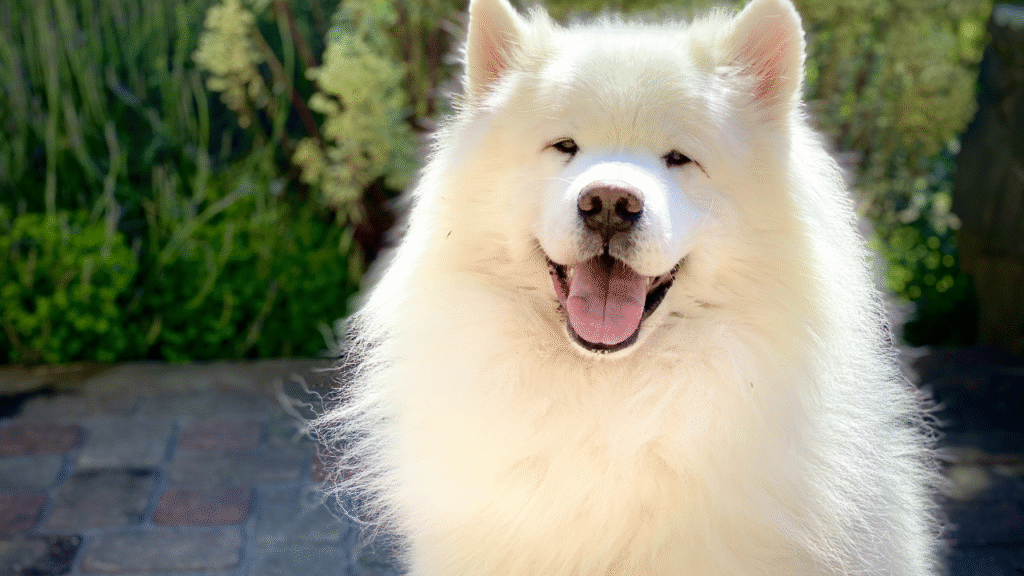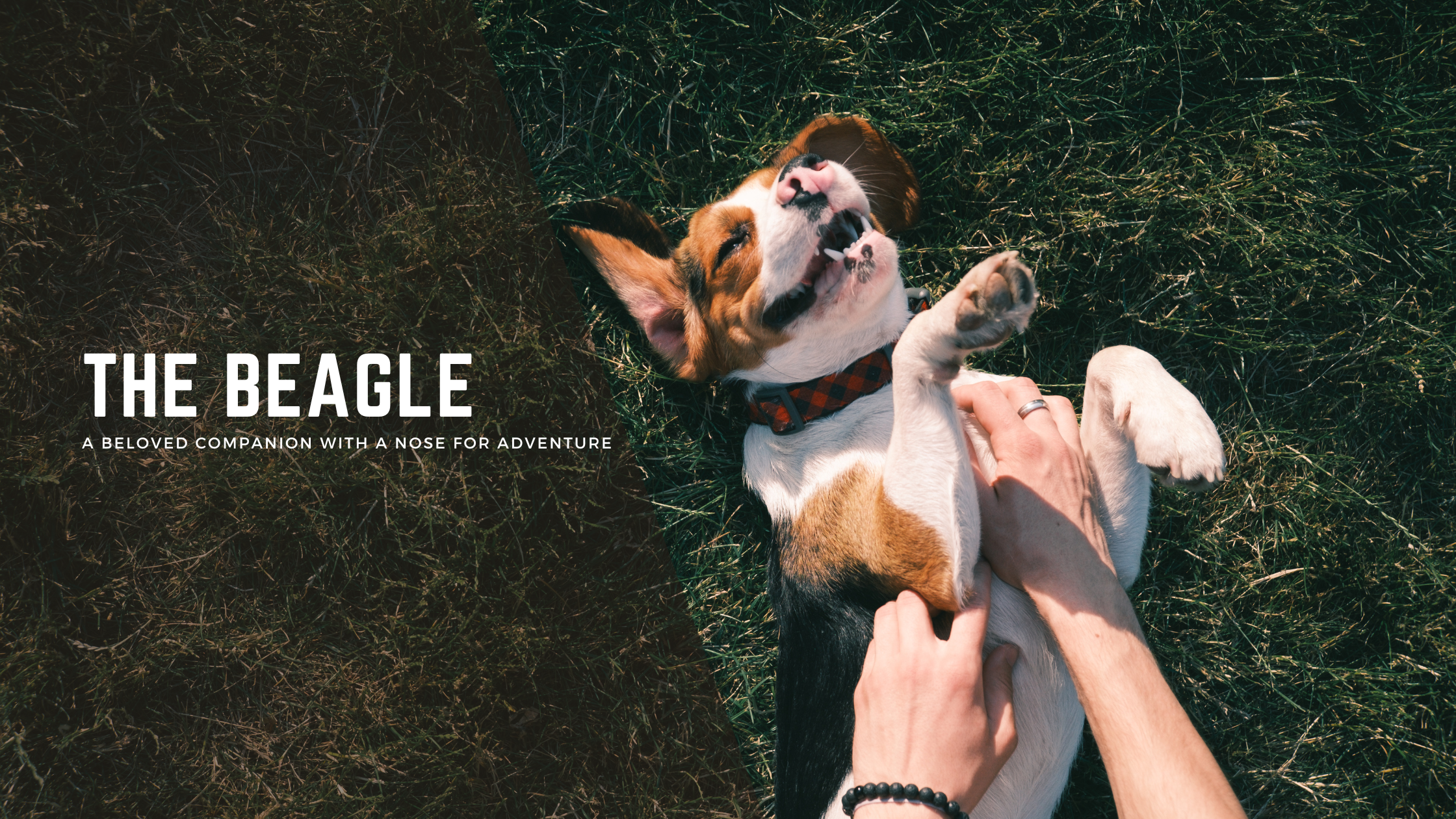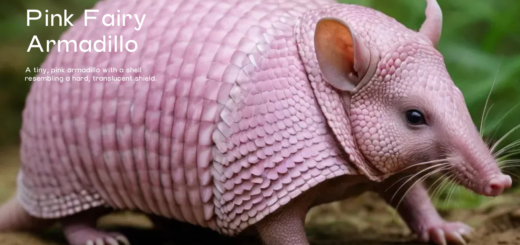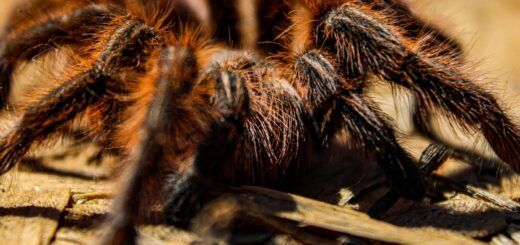The Evolution of Domesticated Animals: From Wild Ancestors to Human Companions
The story of domesticated animals is deeply intertwined with human history. From the early days of agriculture to modern urban living, animals have evolved not only physically but behaviorally to coexist with people. Understanding the evolution of domesticated animals reveals the complex relationship between humans and the natural world.
What Is Animal Domestication?
Domestication is the process by which wild animals are adapted over generations to live closely with humans. Unlike taming, which affects an individual animal, domestication is a genetic process that changes entire species. This includes modifications in behavior, appearance, and reproduction.
The First Domesticated Animals
The dog is widely considered the first domesticated animal, likely evolving from gray wolves over 15,000 years ago. Early humans formed mutual partnerships with dogs for hunting and protection. Following dogs, sheep, goats, cattle, and pigs were among the next animals to be domesticated, primarily for food, clothing, and labor.

How Domestication Changed Animals
Domesticated animals underwent significant changes:
- Behavioral traits like docility and social tolerance became more pronounced.
- Physical features such as floppy ears, shorter snouts, and varied coat colors emerged.
- Reproductive traits shifted to favor traits beneficial to humans, such as faster growth and more frequent breeding cycles.
These traits are often referred to as the “domestication syndrome,” a pattern seen across multiple species.
The Role of Selective Breeding
Selective breeding, or artificial selection, has accelerated domestication. Humans chose animals with desirable traits—like milk production in cows or herding instinct in dogs—and bred them intentionally. Over time, this has led to the creation of specialized breeds and even new species adapted to specific roles.
Domestication Beyond Mammals
Birds like chickens, ducks, and pigeons have also been domesticated for food, sport, and companionship. Even insects such as honeybees and silkworms are considered domesticated due to their utility in agriculture and textiles.
Modern Challenges and Ethics
Today, domesticated animals face new challenges. Industrial farming has raised concerns about animal welfare, genetic diversity, and sustainability. Additionally, some modern pets suffer from health issues due to extreme breeding practices. Ethical breeding and responsible ownership are becoming increasingly important in discussions about animal evolution.
Conclusion
The evolution of domesticated animals reflects humanity’s power to shape the natural world. From ancient wolves to designer dog breeds, the journey of domestication is a testament to the enduring bond between humans and animals. As we move forward, ensuring that domestication continues ethically and sustainably is a responsibility we share.








